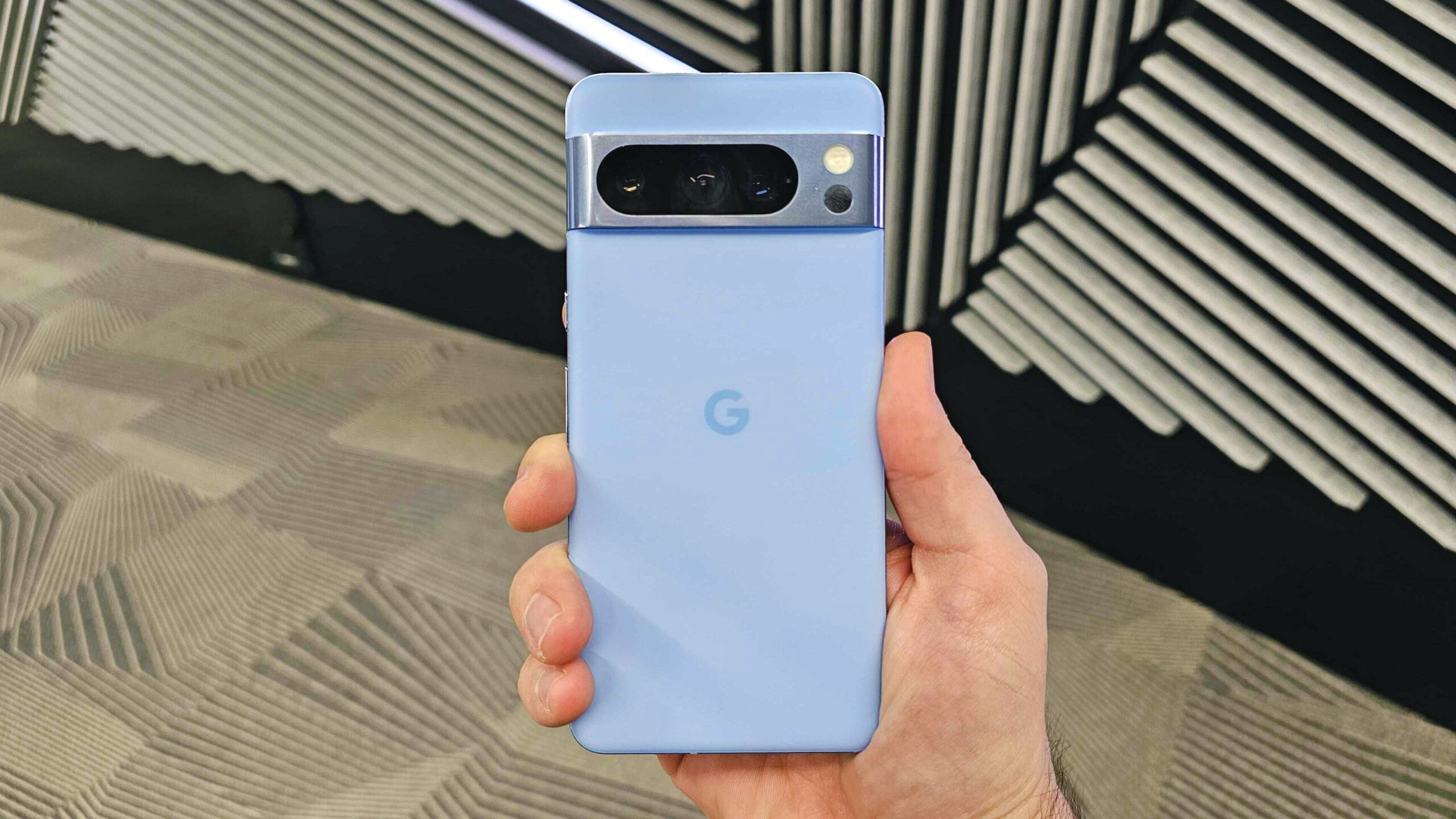The Google Pixel 9 Pro is said to have a 6.5-inch OLED screen with a refresh rate of 120Hz for a smooth and quick experience. It will likely be driven by Google’s next-generation Tensor G4 chip, making it faster and more energy-efficient than the Pixel 8 Pro.
There aren’t many details about the camera, but leaks say the Google Pixel 9 Pro has three cameras on the back. The primary and ultrawide sensors may be the same as on the Pixel 8 Pro, but the telephoto lens may be better.
Read also: Samsung S95C OLED 4K TV redefines television technology.
Design modifications of Google Pixel 9 Pro
The 1080p camera on the front of the Google Pixel 9 Pro may stay the same. The battery will likely have about 4600mAh of power, the same as the Pixel 8 Pro. It may also be able to charge faster. It will come with 128GB or 256GB of storage and 8GB of RAM. There’s no question that the Google Pixel 9 Pro will come with the most recent version of Android, most likely Android 14.
The leaked images show that the Google Pixel 9 Pro may be smaller than the Pixel 8 Pro because its edges are thinner. There are also rumours about a new camera bump on the back. Some sources say it will be less noticeable than on the Pixel 8 Pro, while others say it will be a completely different shape.
There are rumours that Google might finally add an under-display fingerprint reader to the Google Pixel 9 Pro, which has been missing from earlier models. It must be clarified if Google will listen to users upset that the basic Pixel 9 model doesn’t have a telephoto lens. This phone might be the only one with a zoom sensor: the Pixel 9 Pro.
Read also: Google postpones stoppage of third parties cookies in Chrome
When and how much might the Google Pixel 9 Pro cost?
The Google Pixel 9 Pro could be shown off in September or October 2024 based on Google’s usual release plan. The price hasn’t been announced yet, but it’s likely to be around the same as the Pixel 8 Pro, which costs $899.
There have been leaks and rumours about the Google Pixel 9 Pro, so none are true. When Google shows off the phone, the specs, design, and functions may differ from what they are now.














